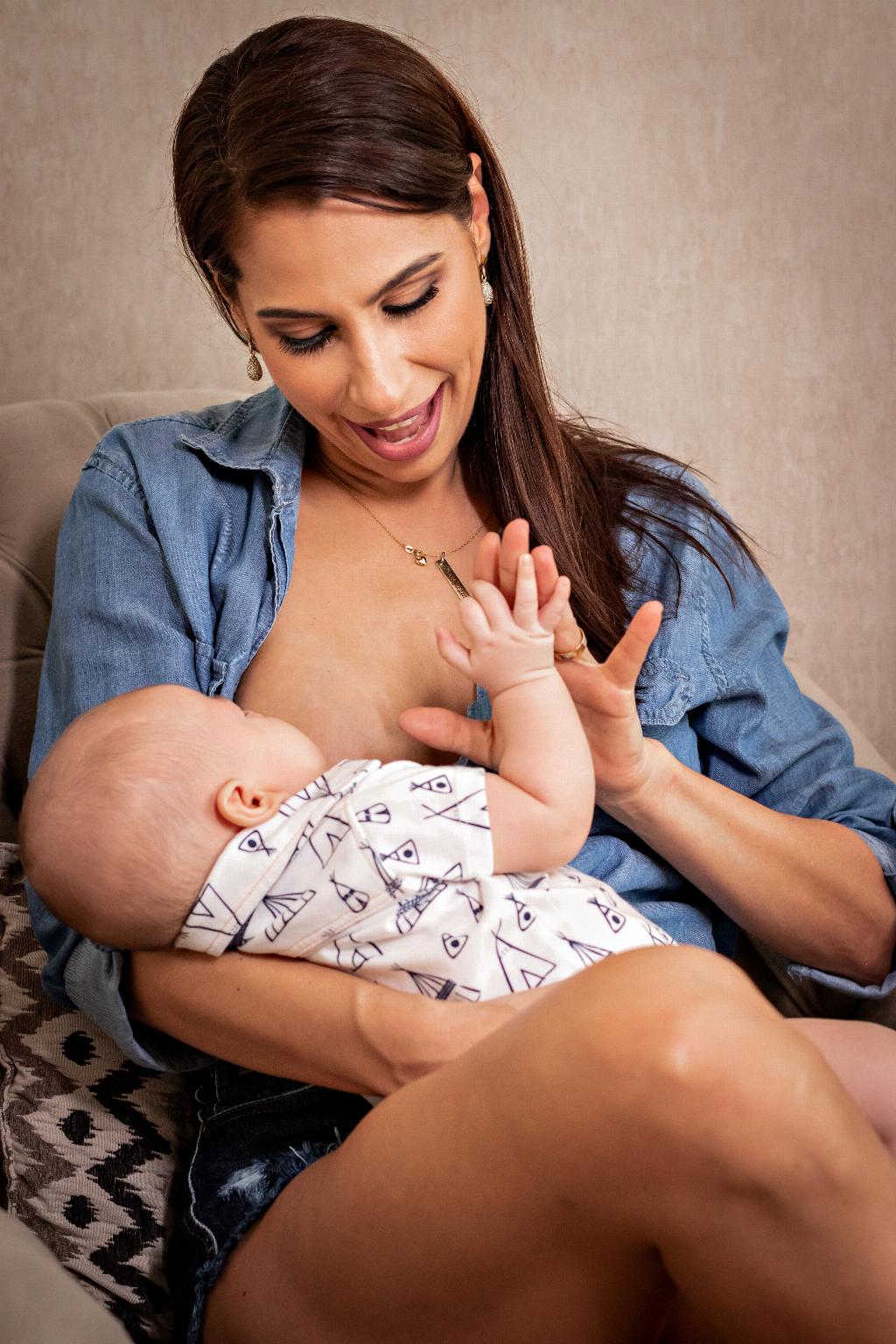When it comes to the safety of breast milk for your little one, it’s natural to have concerns about any potential contaminants that might find their way into this precious source of nourishment. One common question that often arises is whether it’s okay if a little water gets mixed in with breast milk during the expression or storage process. Let’s delve into this topic and explore the implications of a small amount of water inadvertently coming into contact with breast milk.
First and foremost, it’s important to acknowledge that breast milk is a dynamic fluid that is comprised of various components, including water. In fact, water makes up a significant portion of breast milk composition, providing hydration and essential nutrients to your baby. However, the key distinction lies in the quality of the water that is naturally present in breast milk versus any external water that may inadvertently contaminate it.
When we consider the scenario of a few drops of water accidentally entering a container of expressed breast milk, the main concern shifts to the potential quality and safety of that added water. It’s worth noting that breast milk is incredibly resilient and possesses protective properties that help guard against external contaminants. Consequently, a minimal amount of external water introduction is unlikely to pose a significant risk to the overall safety of the breast milk.
Furthermore, the context in which the water comes into contact with breast milk can also influence the degree of concern. For instance, if a small amount of water from washed and air-dried storage bottles inadvertently mixes with expressed breast milk, the risk of contamination is relatively low. It is crucial to exercise caution in ensuring that the containers used for expressing and storing breast milk are thoroughly cleaned and properly sanitized to minimize any potential risks.
While it is generally considered acceptable for a minor amount of water to inadvertently mix with breast milk, it is advisable to exercise vigilance and adopt best practices to maintain the integrity and safety of the milk. This includes utilizing clean and sterilized containers, following proper hygiene protocols during expression and storage, and promptly refrigerating or freezing expressed milk to preserve its quality.
Another aspect to consider is the potential impact of water dilution on the nutritional composition of breast milk. While a small amount of water mixing with breast milk is unlikely to significantly alter its essential nutrients, prolonged exposure to excessive water content could potentially dilute the milk and impact its overall nutritional value. Maintaining proper storage practices and minimizing water contamination can help safeguard the nutritional integrity of the breast milk.
It is crucial for breastfeeding individuals to stay informed about safe handling practices and potential risks associated with external contaminants in breast milk. By remaining attentive to hygiene, storage, and handling guidelines, parents can help ensure that their babies receive the highest quality and safest breast milk possible. Remember, every drop of breast milk is valuable and provides essential nourishment for your little one, so it’s worth taking the necessary steps to safeguard its quality.
In conclusion, while a small amount of water inadvertently getting mixed with breast milk is generally considered acceptable and unlikely to pose a significant risk, it is essential to prioritize hygiene and proper storage practices to maintain the safety and nutritional integrity of the milk. By staying informed and proactive in adhering to best practices for expressing and storing breast milk, you can confidently provide your baby with the nourishment they need to thrive.

